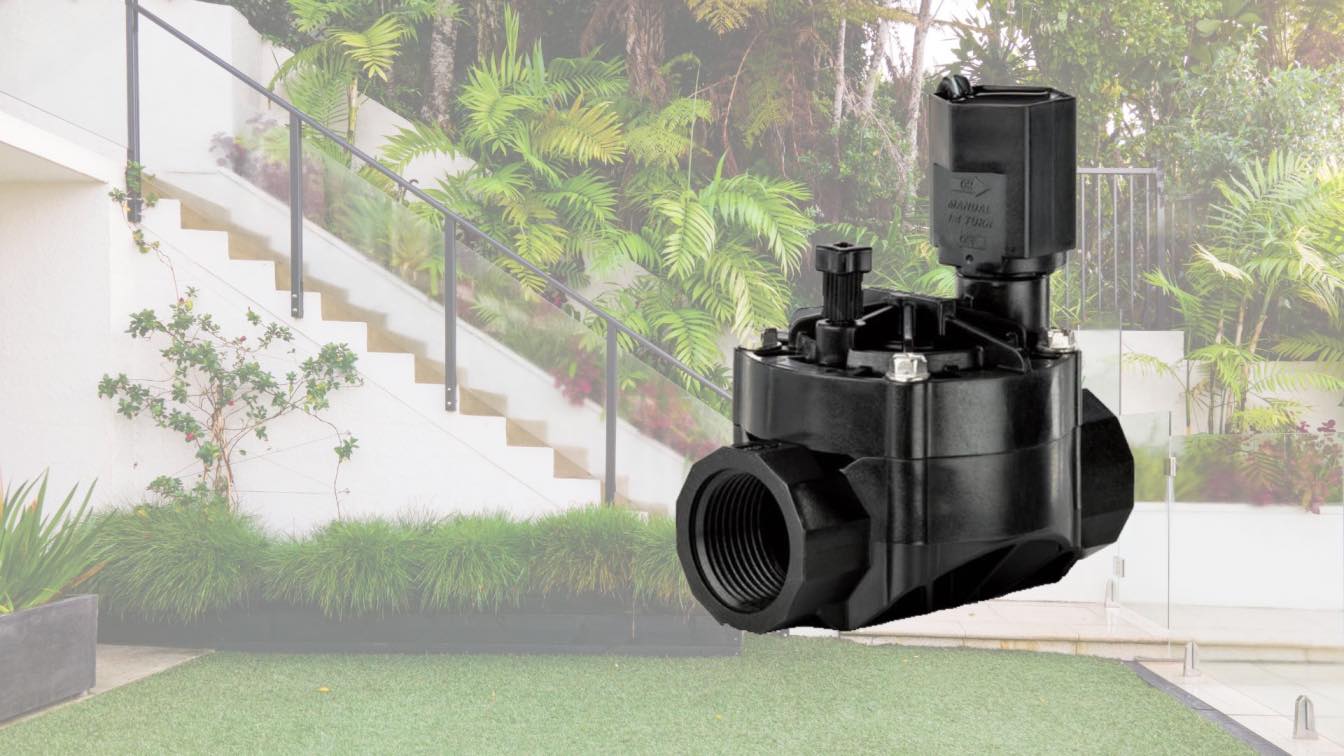If you happen to live in a place where the temperatures can become uncomfortably warm, having an air conditioning unit would help you immensely. As such AC installation in Sacramento, CA, as well as repair and replacement would be highly sought-after services according to Alpha Mechanical. Try to figure out which of these services is necessary for you. Installation will happen if you're getting an entirely new unit for the first time or replacing an old one, but knowing when making repairs is the better choice is important.
In this piece, we'll help you figure out exactly when to either replace a unit and fix it and thus look at the factors that affect this decision. Also, for clarity’s sake, let’s look through how each of these are performed, so you can have a behind-the-scenes look at how the experts work!
Taking the appropriate action
The last thing you want to do is replace your unit prematurely and go through the expensive AC installation process or keep fixing a lost cause. Actually, with well over a billion and a half AC units installed (as of 2018) and rising, at some point in their lifespan, reparations and replacement will be necessary. As such it's only natural to look for certain indicators in your unit that allow you to make the correct decision and these include:
The unit's age: ACs typically last between 15, and 20 years, with outliers going up to thirty years and if your model pushes to more extreme ages, efficiency likely drops, which means replacement may be the best option
The increase of repair costs: with age comes wear and tear, which means that if the repairs over the period increase not only in price, but frequency, chances are you may need a new unit
The costly repairs of major components: repairs on AC units can be manageable so long, as more expensive components to fix such as compressors aren't affected
AC issues and decision-making
While things such as inconsistent temperature, foul odors and bad air quality are signs that something needs to be addressed, they don't point to either repairs or replacement. So you should always look at the above for a clear direction.
Another element you should pay attention to as you choose between repairing your AC and replacing it is the conduct of the installer. It's often the case that for these companies, the bottom line is better served if they can sell a new unit than repair an old one. Because of this, you should be aware of the nature of your unit so that any false evaluations are thwarted.
Main steps to consider before starting repairing or replacement
Now that you know what signs show that a unit needs to be fixed and/or replaced, as well as which path is the best to take based on circumstance, we can now look at the process. Repairs are much broader and it depends on the issue, which an AC adjustment expert should still be able to help you with. Installation and replacement are another matter entirely and multiple steps to be done correctly, which are as follows:
Step 1: Evaluation
During this phase, a good installer comes in and checks out your current system to see if replacement or repairs are necessary to help you save costs. If replacement is the right path, the installer begins to scope out your home, so they can come up with the appropriate setup that keeps a host of factors in mind. Some of these include the following:
- Your budget
- The type of AC system you want
- The nature of the ductwork in your place
- The size of the space that requires cooling
- The unit's size
Step 2: Removal of old unit
When all these things are settled on, the installer proceeds to have the old unit removed. This begins with switching off the electricity, which is then followed by the removal and safe storage of the refrigerant. Afterwards, the unit is taken apart, until it is finally removed and there's enough room for a replacement.
Step 3: Installation of new unit
With the old unit taken out, you can then install a new one, which given that you have a new start, leaves you with a few more options. For example, you could choose among the different AC types which could be the central type that has ducts or the mini splits that don't. Also, you could shift to more efficient models based on the SEER ratings, which can then help you save money, along with the addition of other elements such as a smart thermostat.
With all these specifications in mind, a quality contractor will meet these specifications and proceed with fitting in the new system, which may include new ductwork if necessary. Once the unit is installed and the refrigerant, as well as other components, are safely fitted, testing to see if it's operational should be behind, which is only possible in a warm space. If this is the case, the unit must be allowed to run for between 15 and 20 minutes so that the refrigerant can flow.
It is also here that the thermostat can be tested along with a host of other metrics such as supply and return air temperature to ensure that the service is as advertised. A good installer will always create a checklist of such metrics that they have to tick down before they leave. Once the unit is deemed to be working, the installer and their team should then safely clean their work, and depart.
Final thoughts
When your AC unit is experiencing problems, the signs are pointing to an inevitable change, but a proper evaluation from a professional will tell you what the change is. With the help of a quality AC installation team, the choice between making repairs and completely replacing your unit is made easier. That said, to avoid falling victim to the profit-seeking companies, follow the above guide and work with reliable contractors.
If the unit does need to be replaced, the team taking up the task will follow the right procedure to fix the issues. This should be done while also offering you options to take a different, more efficient path than before.





